Accounting Records: Definition, Types & Examples

It’s important to keep accurate and detailed records of all your business transactions. Doing so will help you know whether you’re conducting business properly. It can also provide insights into business performance.
For instance, monitoring cash flows and updating your balance sheet is critical and so too is compiling an income statement.
But how do accounting records work? What do you need to know? Keep reading to learn about the different types of accounting records and to see some examples.
Table of Contents
Examples of Accounting Records
What Are Accounting Records?
Accounting records are a business’s source documents, journal entries, and ledgers. These documents list a company’s accounting transactions. You make financial statements with the use of accounting records. Keep them on file for several years in case someone wishes to examine them.
Who is likely to review your accounting records? Auditors.
Keeping accounting records also ensures the accuracy of your financial statements. Some common types of accounting records include records of assets and liabilities. Also included are cheques, invoices, and other monetary transactions. Finally, there is any other sort of financial transaction.
Types of Accounting Records
There are often two types of accounting records: single entry and double entry. The single-entry approach is much easier to use and performs better for minor activities.
The double-entry approach is more complicated. You need two entries: one for credit and one for debit. This occurs for each transaction a business conducts. The goal is to achieve a bookkeeping balance and track the flow of money inside a company. Larger firms use this approach more, as it aids them in identifying mistakes and possible fraud.
There are a few examples of specific accounting records that get examined. Let’s take a closer look at how some of these types of accounting records work.
Transactions
Any accounting record must begin with a transaction. It serves as the starting point for the process of documenting corporate transactions. This includes any purchases, sales, depreciation, and more.
Journals
Company transactions get documented in journals. Journals may include all company transactions. They may also include separate journals for each division of the organisation. The sole requirements are that you maintain journals and record all transactions.
General Ledgers
The general ledger is where transactions from the journal get moved. The general ledger identifies transactions by type. By creating trial balances and financial statements, it’s easier to categorise them.
Trial Balances
The total of all credits and debits during the course of the business cycle makes up the trial balance. All entries should balance once you finish this phase. If they don’t, it may reveal fraud or a mistake you have to fix. Finding the disconnect is essential.
Financial Statements
The last piece of documentation is the financial statement. You make financial accounts available to the general public. They’re also available to regulatory organisations for review.
Financial statements get used by analysts to help form opinions on the company. Regulatory bodies can ask for accounting records used to create financial statements. This allows them to learn more about the company.
On top of these types of accounting records, we must also highlight income statements and balance sheets.
An income statement is often called a profit and loss statement. It lists a company’s earnings and outlays for a given timeframe. There are two sections in the income statement:
- The operating section shows the revenue and costs associated with routine business operations. For a company that sells popcorn, the operations section would show revenue and costs.
- The income statement’s non-operating section lists revenues and outlays for things unrelated. For instance, the transaction would get recorded in the non-operating part if the company sold some of its outdated machinery.
A balance sheet is a financial statement that includes a company’s assets, liabilities, and equity. A statement of net worth is another name for it. The three sides of the balance sheet need to balance. The formula would look like this:
Liabilities + Equity = Assets
Examples of Accounting Records
There is a broad range of accounting records to know and understand. Some of the most common examples of accounting records include:
- The general ledger
- Subsidiary ledgers
- Cash receipts
- Bank statements
- Invoices
- Cheques
Let’s look at a bank statement as an example. In a normal bank statement, you can usually find the following:
- Information used to identify you. This includes your name, address, and bank account number.
- Your bank statement’s reporting period, which is typically one month. Statements don’t usually begin on the first of the month. For illustration, your statement might cover the period from the 13th of one month to the 12th of the next.
- Information about the bank. This includes the phone number for customer support and guidelines for reporting errors and fraud.
- The total balance at the beginning and the conclusion of the statement period
- Direct deposits, cheques, transfers, and reimbursements. Also included are payments and interest accrued. Basically, any deposit made into your bank account.
- Purchases, ATM withdrawals, automatic payments, and bank fees are all withdrawals from your account.
Key Takeaways
Accounting records are specific accounting documents that detail business income and expense transactions. The records are part of an accounting system that measures cash flow and different types of expenses.
Accounting records are the original documents, ledgers, and journal entries for your business. These relate to every type of accounting transaction a company incurs. You must keep your accounting records on file for several years in case they’re needed.
Keeping accurate accounting records helps for a few reasons. For example, accounting records help if your company gets audited or needs to conduct a compliance check.
FAQ on Accounting Records
How Do You Prepare Accounting Records?
It depends on the specific company and types of transactions. Often, accounting records are prepared using similar steps. These include verifying invoices, checking unpaid wages, and reconciling bank accounts.
Why Do Businesses Keep Accounting Records?
One main reason is to keep accurate records of the financial position of the business. This helps establish profit and loss. It also allows you to value your business. Finally, you must keep accounting records in case you get audited.
Why Is It Important to Maintain Accounting Records?
Maintaining accounting records ensures you prepare financial statements that are accurate and up-to-date.
RELATED ARTICLES



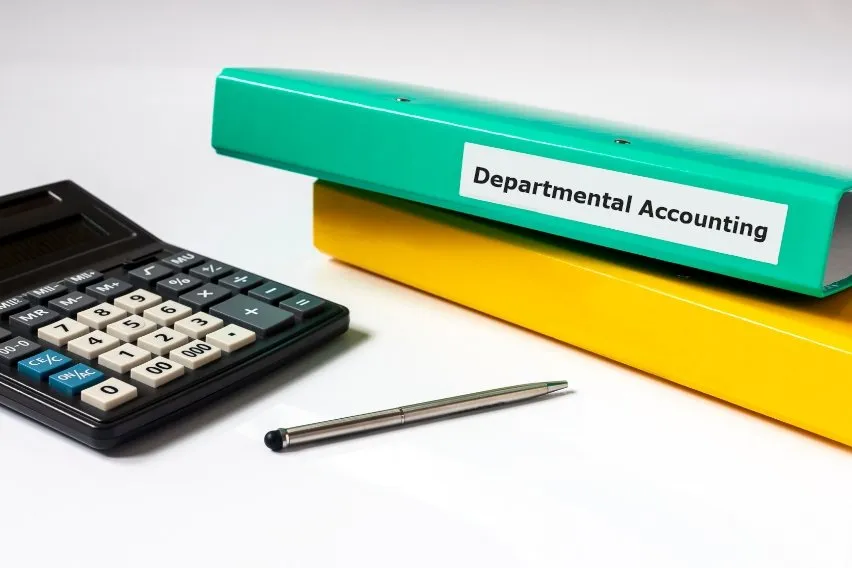 Departmental Accounting: Definition, Types & Methods
Departmental Accounting: Definition, Types & Methods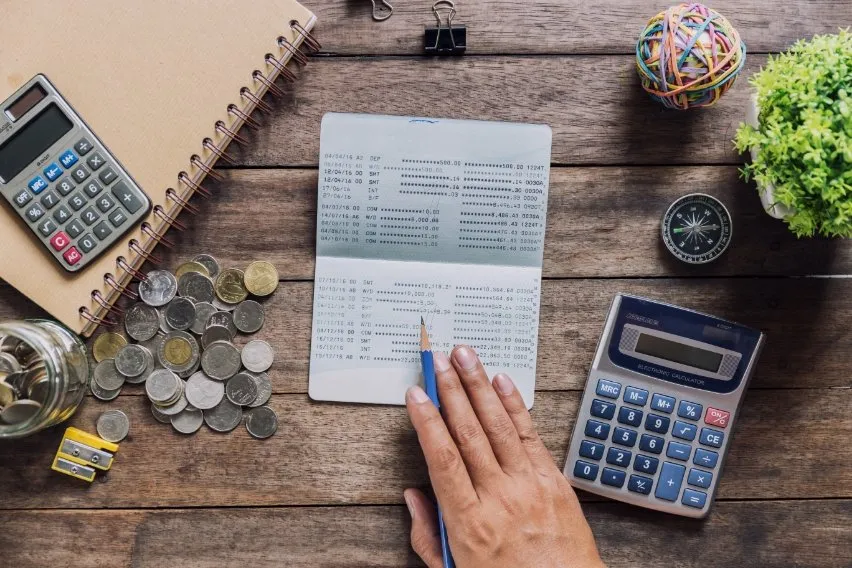 Accounting Income: Definition, Types & Calculation
Accounting Income: Definition, Types & Calculation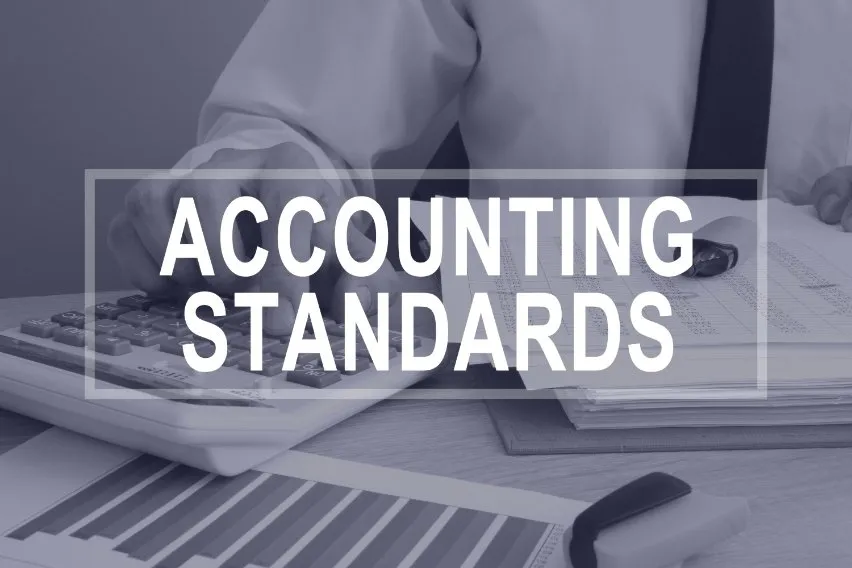 Accounting Standards: Definition & History
Accounting Standards: Definition & History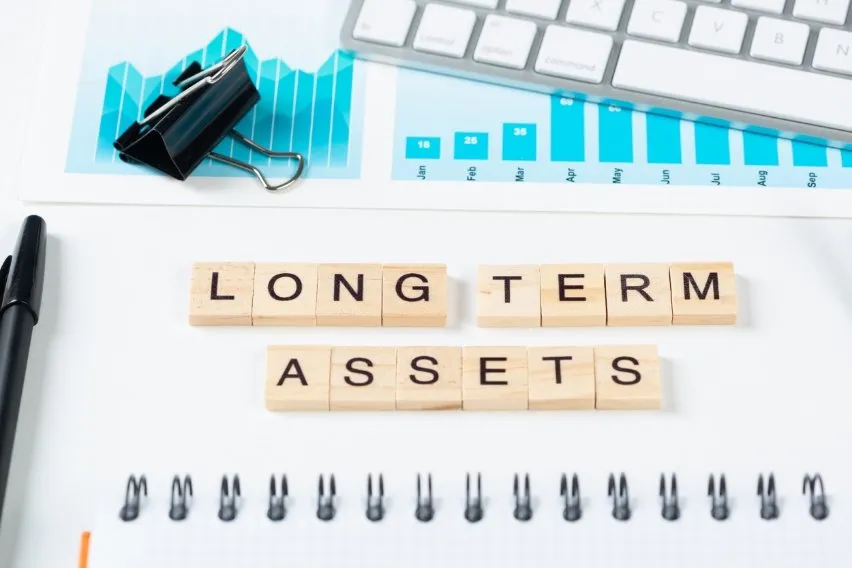 Property, Plant, and Equipment (PP&E): A Complete Overview
Property, Plant, and Equipment (PP&E): A Complete Overview What is Turnover in Business? Importance & Calculation
What is Turnover in Business? Importance & Calculation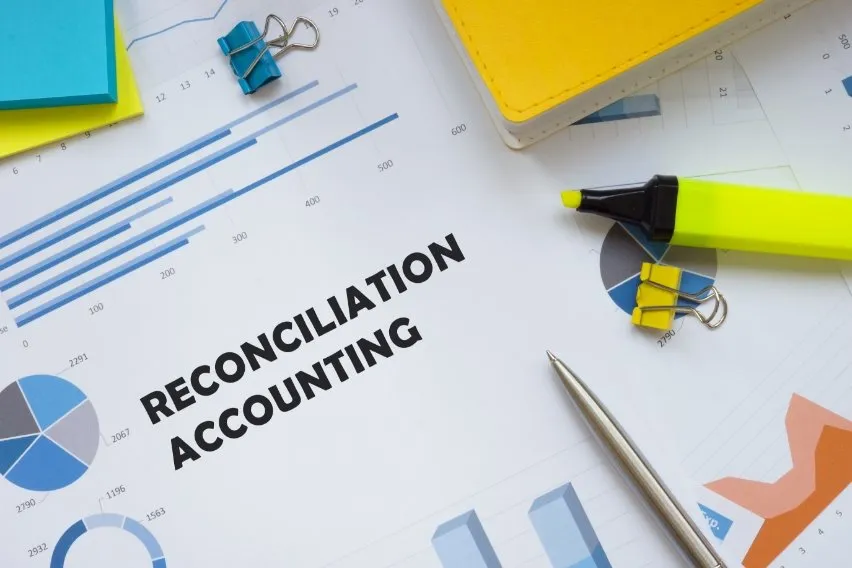 What is Reconciliation in Accounting?
What is Reconciliation in Accounting?